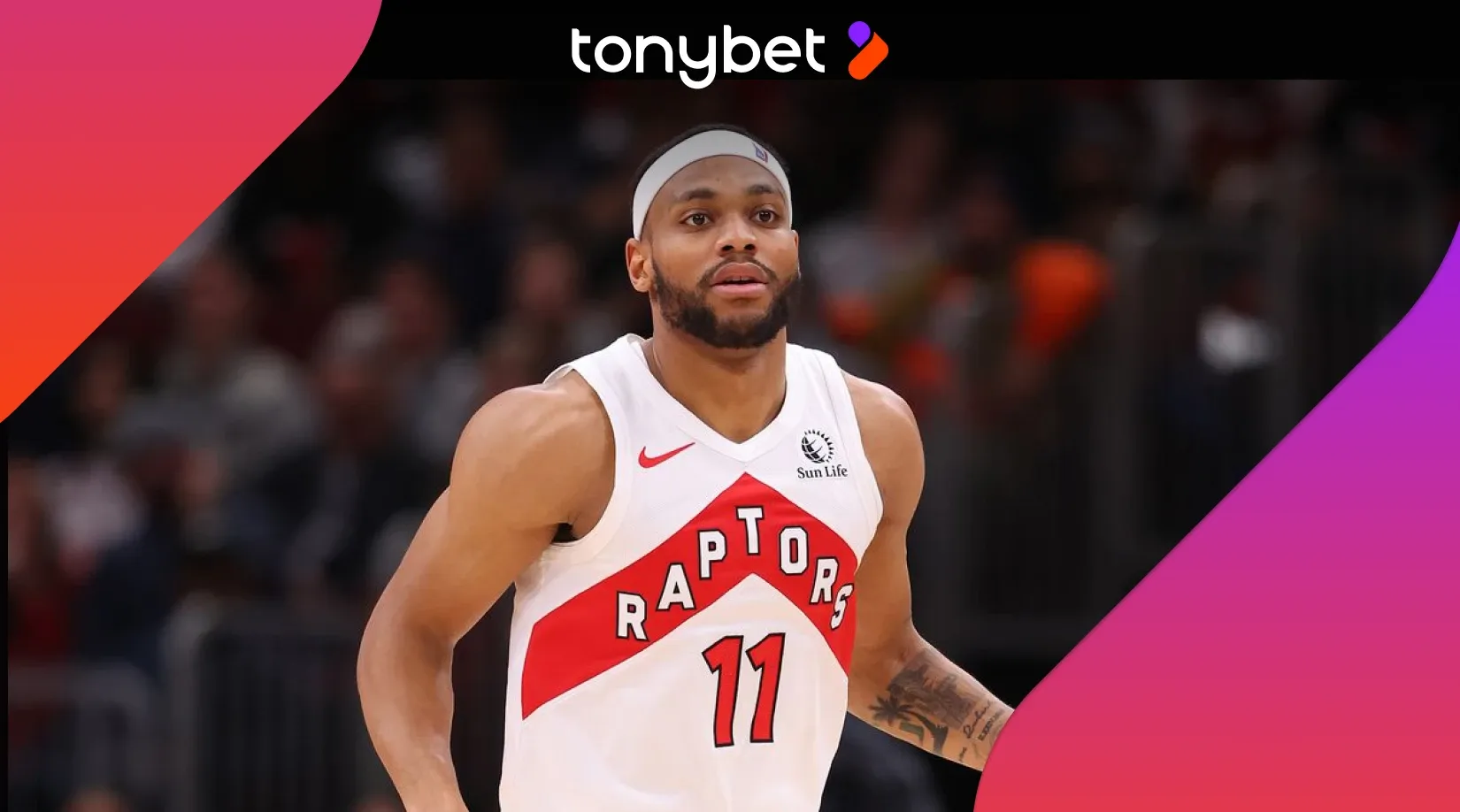The Toronto Raptors‘ 30th anniversary season was disappointing, to say the least. Rather than competing for wins, the campaign centred on a strategic rebuild.
Despite finishing with a disappointing 30-52 record and missing the playoffs for the third consecutive season, the franchise did make a few moves that could pay off big in the coming years.
Performance
The 2024-25 campaign didn’t start off too hot, with more and more inconsistencies and injuries popping up throughout the season. Finishing 11th in the Eastern Conference with a 30-52 record (.366 winning percentage), Toronto showed some marginal improvements overall, but they were still far from a playoff team.
Toronto didn’t really have a chance after the All-Star break, getting kicked out of contention by April 1 after a loss to the Chicago Bulls and becoming the last Eastern Conference team to be mathematically eliminated from even the play-in tournament.
Offensively, the Raptors were basically non-existent, ranking among the league’s worst sides. They averaged 110.9 points per game (23rd of 30 teams) with an offensive rating of 110.5 (25th of 30).
Getting ready for Game 4 tonight 😤 pic.twitter.com/375tZDg06O
— Toronto Raptors (@Raptors) July 17, 2025
Their defence fared just a little bit better, but still far below the NBA average, allowing 115.2 points per game and posting a defensive rating of 114.8 (17th of 30).
On the individual front, Scottie Barnes had a solid season overall. However, with injuries affecting the roster throughout the campaign, the Raptors often lacked consistent talent on the floor.
Barnes, the franchise cornerstone, put up some strong numbers despite early-season injury concerns, averaging 19.3 points, 7.7 rebounds, 5.8 assists, 1.4 steals, and 1.0 blocks over 65 games, shooting 44.6% from the field.
Game 3 was fun, can’t wait to see what Game 4 has in store tonight 😍 pic.twitter.com/WxSpBxJUhE
— Toronto Raptors (@Raptors) July 17, 2025
RJ Barrett also had some upside, emerging as a decent offensive threat when healthy. He averaged 21.1 points on 46.8% shooting from the field, a solid 35.0% from three-point range, 6.3 rebounds, and a career-high 5.4 assists over 58 games.
Rookies Gradey Dick, Ja’Kobe Walter, and Jamal Shead all showed flashes of potential, but they haven’t been consistent enough to really tell how they’ll pan out. Dick, in particular, moved into the starting lineup and averaged 14.4 points, 3.6 rebounds, 1.9 assists, and 2.1 three-pointers in 29.4 minutes.
Playoff Performance
The Raptors’ playoff performance can be summed up in a couple of words: there wasn’t one. Toronto failed to qualify for the playoffs, making this their third consecutive season without postseason basketball. Canadian fans aren’t all that happy with them right now.
Vets move different 😤 https://t.co/L2z0n0ytcb pic.twitter.com/jjHhuTPtz4
— Toronto Raptors (@Raptors) July 16, 2025
The team’s failure to make it to at least the play-in tournament was frankly embarrassing, highlighting how big the gap is between their past success and the current roster. They showed flashes of some competitiveness here and there throughout the season, but consistency is their worst nightmare.
Next Season Outlook
The Raptors’ future took a dramatic turn when they acquired Brandon Ingram from the New Orleans Pelicans in exchange for Bruce Brown, Kelly Olynyk, a 2026 first-round pick, and a 2031 second-round pick, subsequently signing him to a three-year, $120 million extension.
The trade could potentially change the direction of the franchise, especially with the veteran experience he brings to the table.
The extension, worth $120 million over three years, including a player option in 2027-28, showcases that maybe they actually are serious about winning now instead of a decade later.
Brandon Ingram 2024-2025 Season Before Injury.
One of the BEST shot-makers in the league. pic.twitter.com/RzoStvacRO
— Streaky Shooters (@streakyshooterz) July 9, 2025
Looking ahead to the 2025-26 season, the Raptors should be on more solid footing compared to last year, with their starting five likely being Immanuel Quickley at point guard, RJ Barrett at shooting guard, Brandon Ingram at small forward, Scottie Barnes at power forward, and Jakob Poeltl at centre.
In the draft, they selected a forward and guard with the 9th and 39th picks. Collin Murray-Boyles appears to have quite the upside to him.
However, the financials could get a little bit tricky. The Raps have approximately $174 million annually committed to Ingram, Barnes, Barrett, Quickley, and Poeltl, which will tie their hands in a lot of ways.
Here’s another Brandon Ingram playmaking clip.pic.twitter.com/QfEjPyPyeY https://t.co/HtaR6wgp8E
— Nora (@B_X_I_14) July 16, 2025
Brandon Ingram could be massive for the team, or he could be an anchor. We really don’t know yet. He provides elite scoring ability and offensive versatility, but it’s still up in the air whether or not he’ll mesh with Barnes and Barrett. The challenge will be creating enough space for several ball-dominant players.
Coach Darko Rajakovic is now also on his third season, which should help with some stability, especially with such a young roster. The expectation is that Toronto should compete for a play-in tournament spot at the very least, with aspirations of securing a top-eight seed in the Eastern Conference.
RAPS WWWIN pic.twitter.com/hfo4Z3Mdhb
— Toronto Raptors (@Raptors) July 16, 2025
The 2025-26 NBA season will be extremely important for the franchise, regardless, as they’ve been rebuilding and developing for three years now. They should have a core with the ability to, at the bare minimum, make it to the NBA playoffs, with some deep runs thrown in there.
The real question will be if they can actually execute or if they will find themselves trapped in the middle tier of NBA mediocrity, playing that limbo spot like the 76ers for years and years on end. And newsflash, Canadian fans won’t be as forgiving as some fanbases.
ULRICH BLOCK ➡️ CMB SLAM 💥 pic.twitter.com/H5bgjw4dib
— Toronto Raptors (@Raptors) July 16, 2025
Success for this roster going forward will be more in the development of key players over strictly wins and losses, at least to start the season, but as time goes on, they’ll need to successfully integrate Ingram into their system. When that happens, we’ll see if this team has actually been built to win or not.





 Giorgi Natsvlishvili
Giorgi Natsvlishvili